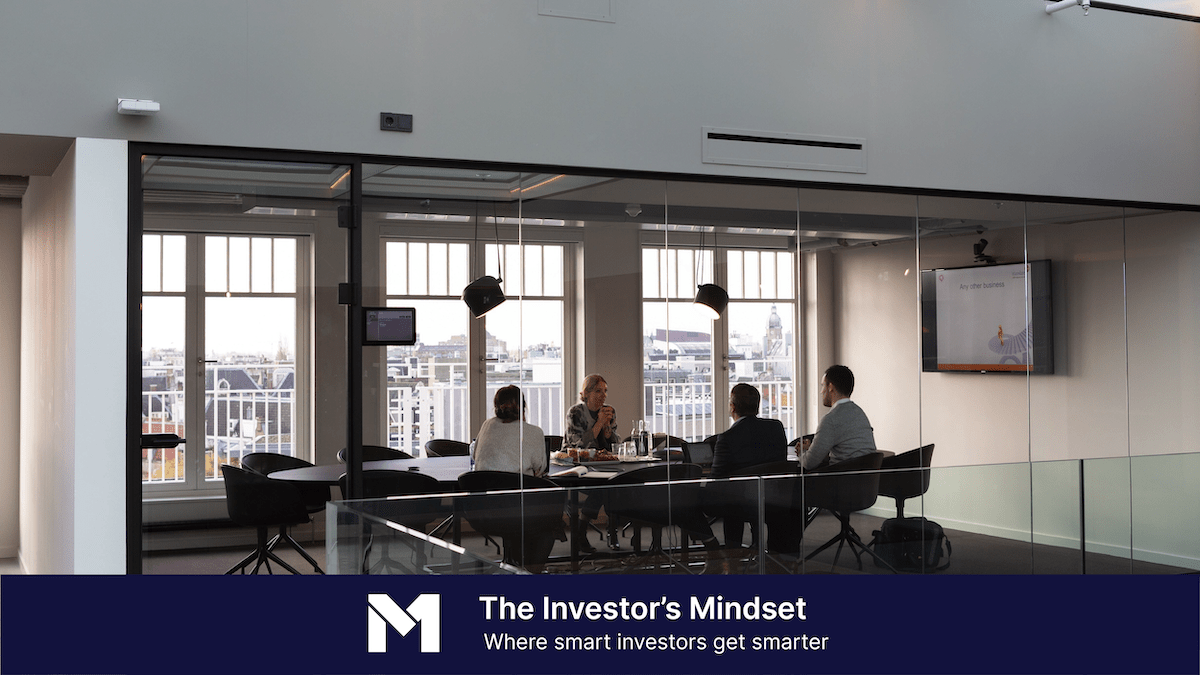Stock buybacks and the impact on investors


Apple computers and Starbucks coffees may go hand in hand, but the two companies have differed on one thing recently — stock buybacks. When a company has cash, it can either reinvest it into the company or buy back stocks. Today, we’re discussing the considerations for these decisions.
We’re also talking about:
- The FIRE investing method
- Navigating financial misinformation
- Minimizing regret
Reading
STOCK BUYBACKS

Earlier this month, former chief executive of Starbucks Howard Schultz announced the company will pause stock buybacks upon his return.
In a letter to Starbucks workers, customers, and shareholders, Schultz disclosed a plan to invest more into the company’s employees and stores as it faces growing unionization in its U.S. workforce.
Starbucks (SBUX) shares dropped 3% at the news.
On the other side is Apple (AAPL), which is predicted to boost stock buybacks and raise its dividend after a quarter flushed with cash. Apple’s buyback program could be anywhere between $80 billion and $90 billion based on Q1 earnings report predictions.
Unsurprisingly, the pros and cons of stock buybacks are highly debated.
When a company has extra cash, it’s usually faced with two options. It can either:
- Reinvest the money back into the company and employees, potentially adding value in the long term. This reinvestment could be in the form of buying other companies, building new facilities, or improving its workforce.
- Issue a stock buyback, potentially making money for its shareholders in the short term. This requires the company to buy back its shares from the marketplace.
The effect of a buyback is to reduce the number of outstanding shares on the market, which increases the ownership stake of the shareholders. In theory, stock buybacks and higher dividends make the stock more attractive to investors and lift the share price.
In the past 10 years, the top 20 companies of the S&P 500 have bought back around $1.3 trillion in shares, with Apple leading the way.
Stock buybacks ultimately come down to a company’s individual situation. While the practice is debated among investors, knowing what a company continually chooses to do with its money is one of the most important aspects of owning shares.
Learning
NAVIGATING FINANCIAL MISINFORMATION ONLINE

M1 CEO, Brian Barnes, explains the impact of social media on financial misinformation in this CNBC op-ed.
HOW AN M1 CLIENT IS RETIRING AT AGE 35

With thoughtful retirement planning, it may be possible to live off small withdrawals from your investments.
Well-being
This week, take a moment to focus on:
- Your work: Do you find fulfillment at work? Here are seven essential strategies to create your ideal work (and personal) life.
- Your travels: Make sure your travel plans are on-point this year. Take this quiz to discover which National Park fits your personality.
- Your framework: In both life and investing, you can have regrets. Learn four simple steps to minimize remorse.
Sign up for M1 to receive The Investor’s Mindset in your inbox every Monday.
- Categories
- Invest



